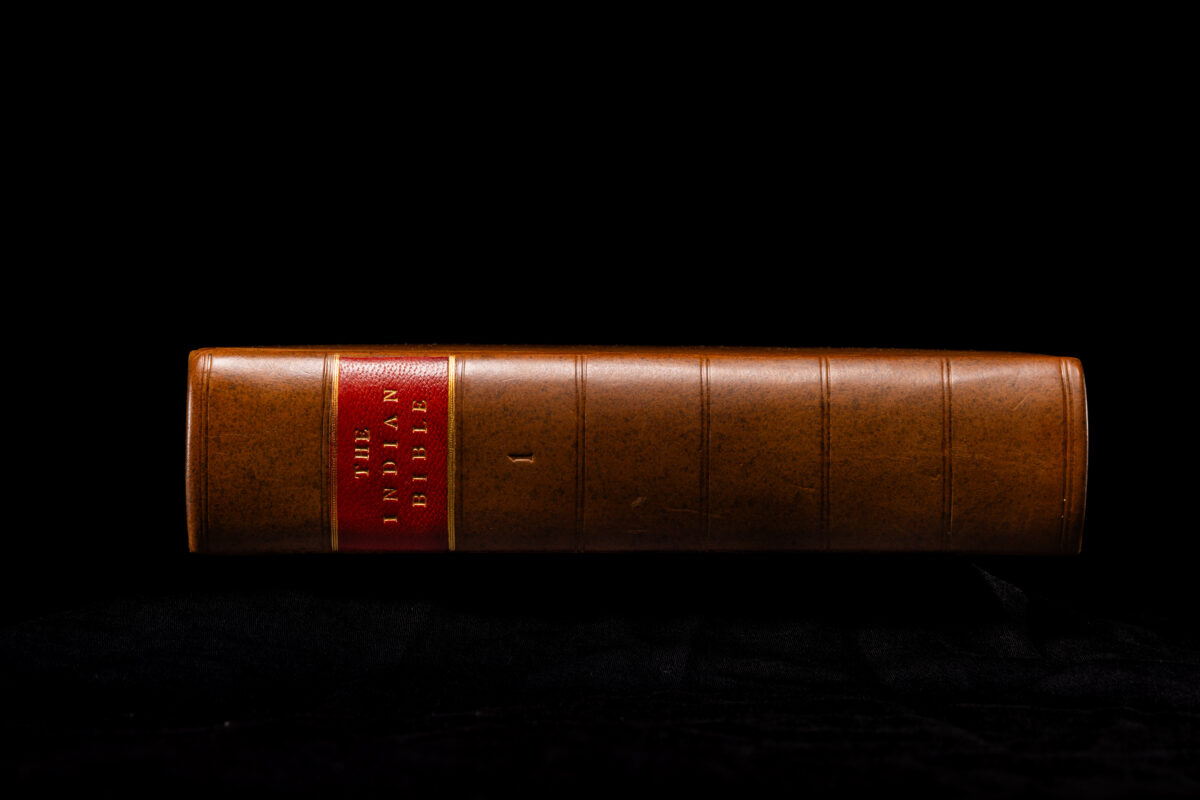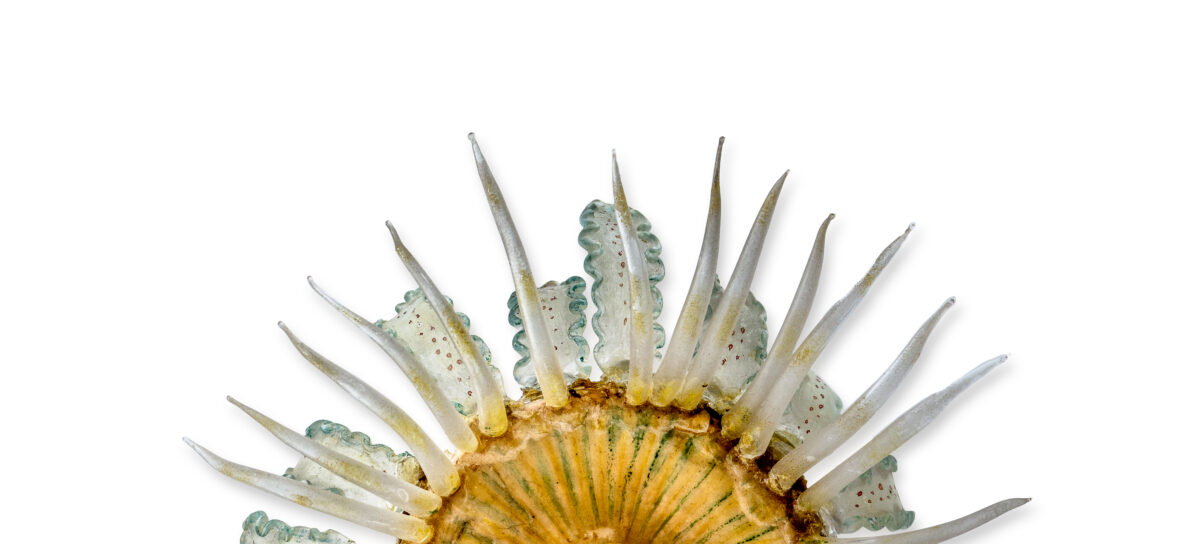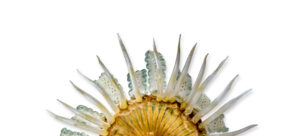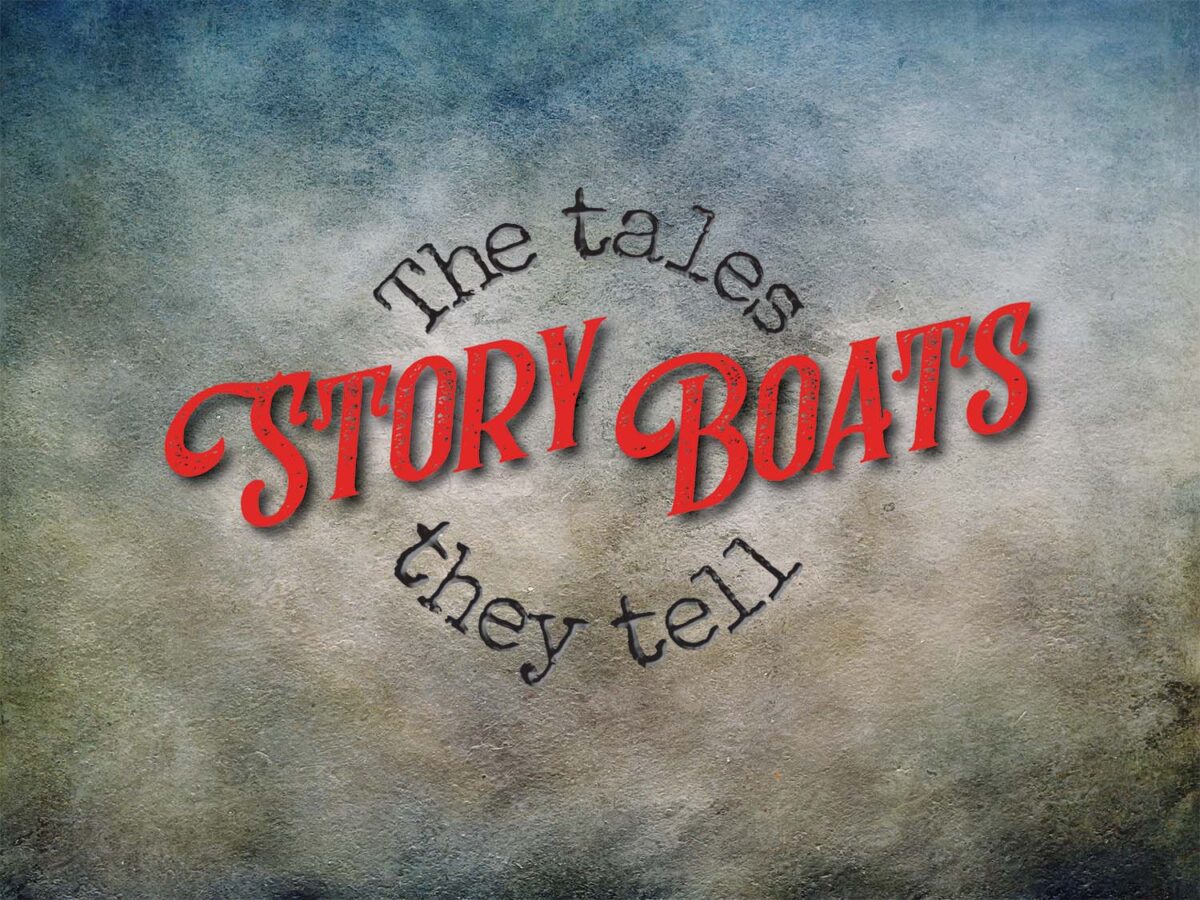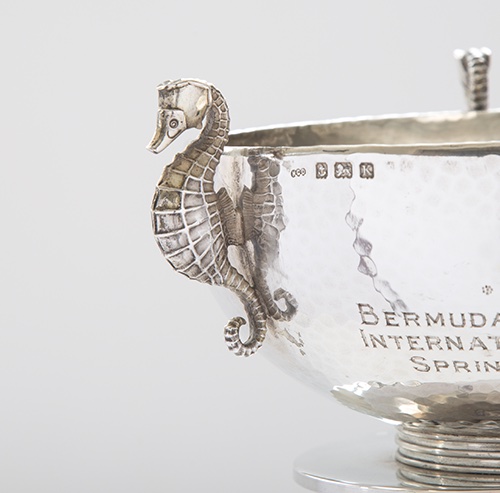
Mystic Seaport Museum is pleased to present Entwined: Freedom, Sovereignty, and the Sea, an exhibition that surveys the interplay of maritime histories through Indigenous, African, and African-descended worldviews. Opening on April 20, 2024 and on view until Spring 2026, the exhibition will examine the twelve millennia of Black and Indigenous history through objects and loaned belongings from Indigenous and African communities dating back 2,500 years, including a selection of 22 contemporary artworks. Entwined will be the first exhibition by Akeia de Barros Gomes, Senior Curator of Maritime Social Histories at the Museum, and is the culmination of a three-year initiative supported by the Mellon Foundation to re-examine regional museum collections through a contemporary lens. Entwined will be accessible to Black and Indigenous community contributors to the exhibition for a month prior to the official opening.
“Entwined celebrates the survival of the indigenous cultures on two continents over thousands of years and a shared connection of Indigenous Africans and Indigenous Americans to the Atlantic” shared de Barros Gomes. “This exhibition explores stories under a contemporary cultural umbrella from creation through periods of interruption and trauma to the modern traditional expressions of how we continue to thrive.”
The earliest belonging (object) on view in Entwined dates to over 2,500 years ago, a time when both sub-Saharan Africa and the Dawnland—the name for New England among Indigenous nations in the Northeast—were centers of flourishing civilizations and cultural diversity. During this era, African societies were marked by advanced trade networks and the development of sophisticated art and craftsmanship. Meanwhile, Indigenous communities in the Dawnland maintained extensive trade networks and a deep connection with their environment, producing sophisticated artwork, spiritual belongings, and tools that reflected their ties to nature. Overseas migration—both forced, and increasingly during the era of whaling, free—brought people from the coast of Africa into contact with Indigenous communities in New England. These encounters initiated a complex intersection of social identity and shared struggle related to colonial displacement, but also a recognition of common expertise in navigating and utilizing the resources of the ocean.
At Mystic Seaport Museum, Entwined expands upon this history to highlight the various oceanic spiritual, social, and technological threads that exist between Black and Indigenous communities on both sides of the Atlantic that continue to resonate and confront us today. Central to the exhibition is a canoe commissioned by Mystic Seaport Museum and built collaboratively by four contemporary artists: two of African descent, Sika Foyer (Togo) and Alvin Ashiatey (Ghana); and two of Native American descent, Hartman Deetz (Mashpee Wampanoag) and Gary Carter Jr. (Mashantucket Pequot). The canoe, which is both a traditional and contemporary piece of art was created in a “dugout” tradition, a process by which the wood is hollowed out by burning and then polished, which has been the way of fashioning canoes for various African and Indigenous communities for thousands of years. This shared method of craftsmanship highlights an incredible commonality between African and Indigenous peoples’ relationship to the sea that long predates European contact.
Entwined will reveal the foundation of Black and Indigenous maritime cultures through historical artwork and belongings that outline the respective histories and traditions associated with African and Indigenous cultures’ relationship to the ocean. The Indigenous belongings include artworks on loan from Indigenous nations and individuals such as fishing decoys, beads, and a water drum. A second thematic guiding force of the exhibition, and the oldest belonging on view, is an Aboriginal Cooking Pot ca. 500 BCE. underscoring a method of shell tempering that is common to both the Dawnland and African continent. Another object loaned to the Museum by the Mashantucket Pequot Museum and Research Center is a first edition Eliot Bible, translated and printed by a Nipmuc man named Wowaus (later known as James Printer). Raised as a Christian, he was introduced to the missionary John Eliot and became one of several Indigenous men who contributed to the translation of the Eliot Bible. While initially translated into the Algonquian dialect-N as a tool for Europeans to Christianize Native Americans, the Eliot Bible was used 350 years later by Northeast Indigenous communities as reference materials to relearn and reclaim endangered Algonquian languages.
The exhibition also features a replication of a colonial attic typical of where Indigenous indentured servants and enslaved Africans were forced to live. A highlight among the belongings in this space is an 18th-century nkisi bundle originally discovered underneath a floorboard in the attic of the Wanton Lyman Hazard House, the oldest standing colonial house in Newport, Rhode Island. Minkisi (plural) are a collection of various objects such as shells, beads, and glass that were created to bridge the gap between the physical world and ancestors, maintain a connection to Africa, and provide protection and healing. The bundle is the only example surviving in New England.
Continuing into the present day, Entwined will feature works that highlight contemporary Black and Indigenous reclaiming of freedom, sovereignty, and the sea. Painting and sculpture will be presented by Black and Indigenous artists based in the northeast United States, including Christian Gonçalves, Sherenté Mishitashin Harris, Sierra Henries, Elizabeth James Perry, Gail “White Hair Smiling” Rokotuibau, Robin Spears, Felandes Thames, Alison Wells, and Nafis M. White.
The autonomy given through the whaling industry is explored in both Courtney M. Leonard’s BREACH: Logbook 15 / SCRIMSHAW STUDY #2 (2015) and Felandus Thames’s Wail on Whalers, a portrait of Amos Haskins (2024). Leonard referenced the history of Indigenous whaling pre-colonization with a ceramic sculpture of a whale tooth painted with red clay, while Thames presents a portrait homage to Amos Haskins, an Aquinnah Wampanoag master mariner. The Other Side of the Harbor (2013) by Alison Wells collages news clippings and references to the Underground Railroad in the free state whaling city of New Bedford. Applications of maritime culture on indigenous art are highlighted in Sierra Autumn Henries’s She Sings the Old Songs (2024), birch bark carving and wampum work paying tribute to generations of whalesong. Further works of water drums, traditional dance regalia, hair work, and jewelry were recently made to serve as a connection for future descendants to embrace and appreciate their historical narratives. These intertwined threads of history coalesce in the collaborative canoe to create a tapestry of shared experiences.
Acknowledgments
Entwined: Freedom, Sovereignty, and the Sea is generously funded by the Just Futures Initiative of the Mellon Foundation as part of the Reimagining New England Histories project.
Mystic Seaport Museum also gratefully acknowledges our project partners, Brown University and Williams College, and our community advisors whose collective voices, knowledge, creativity, and wisdom are foregrounded in this exhibition.
Exhibit design and fabrication by SmokeSygnals.

